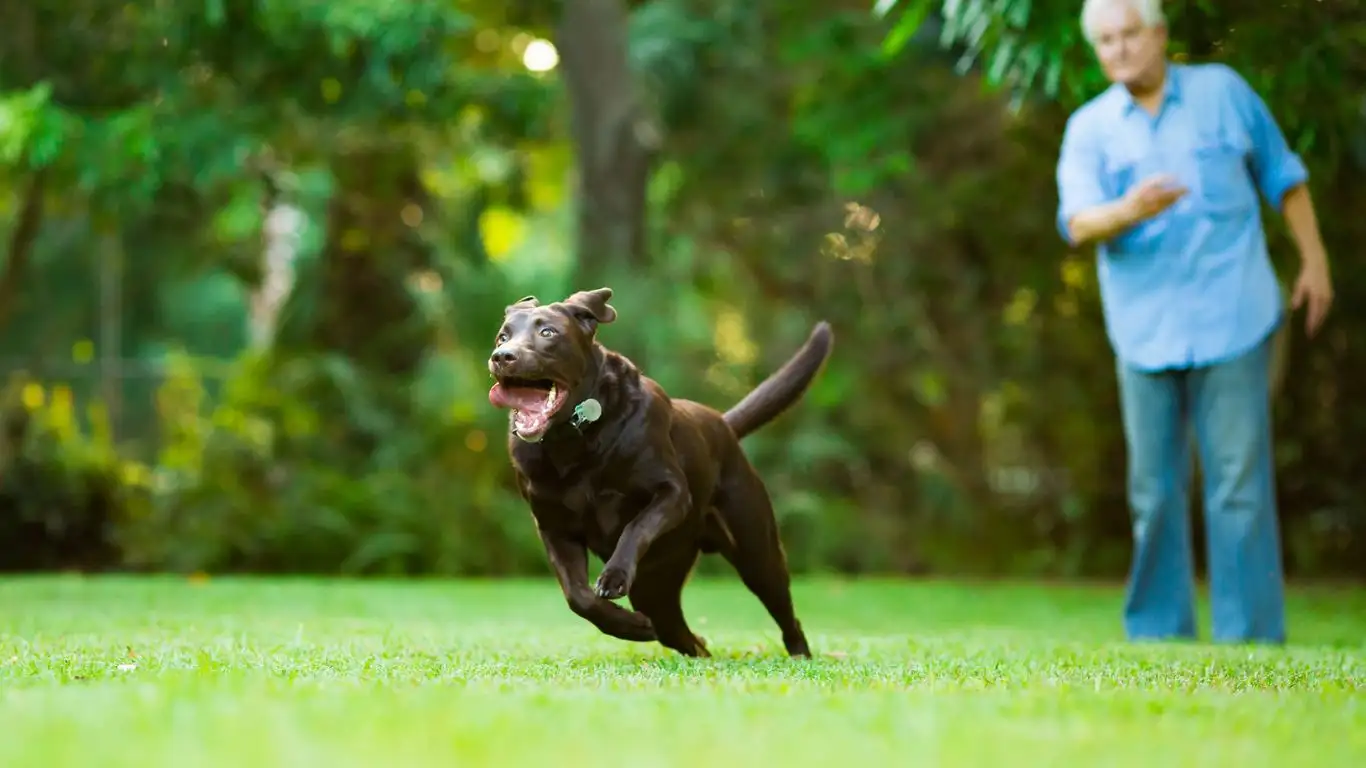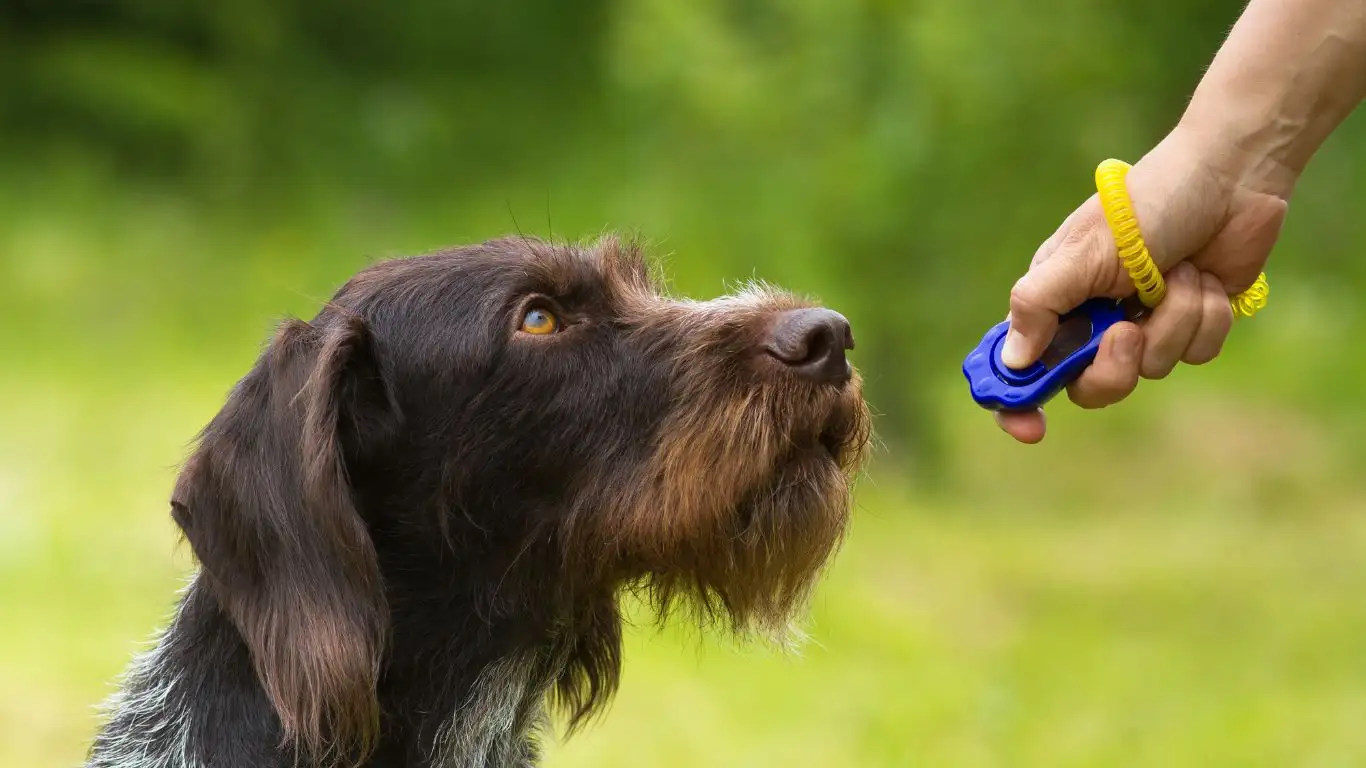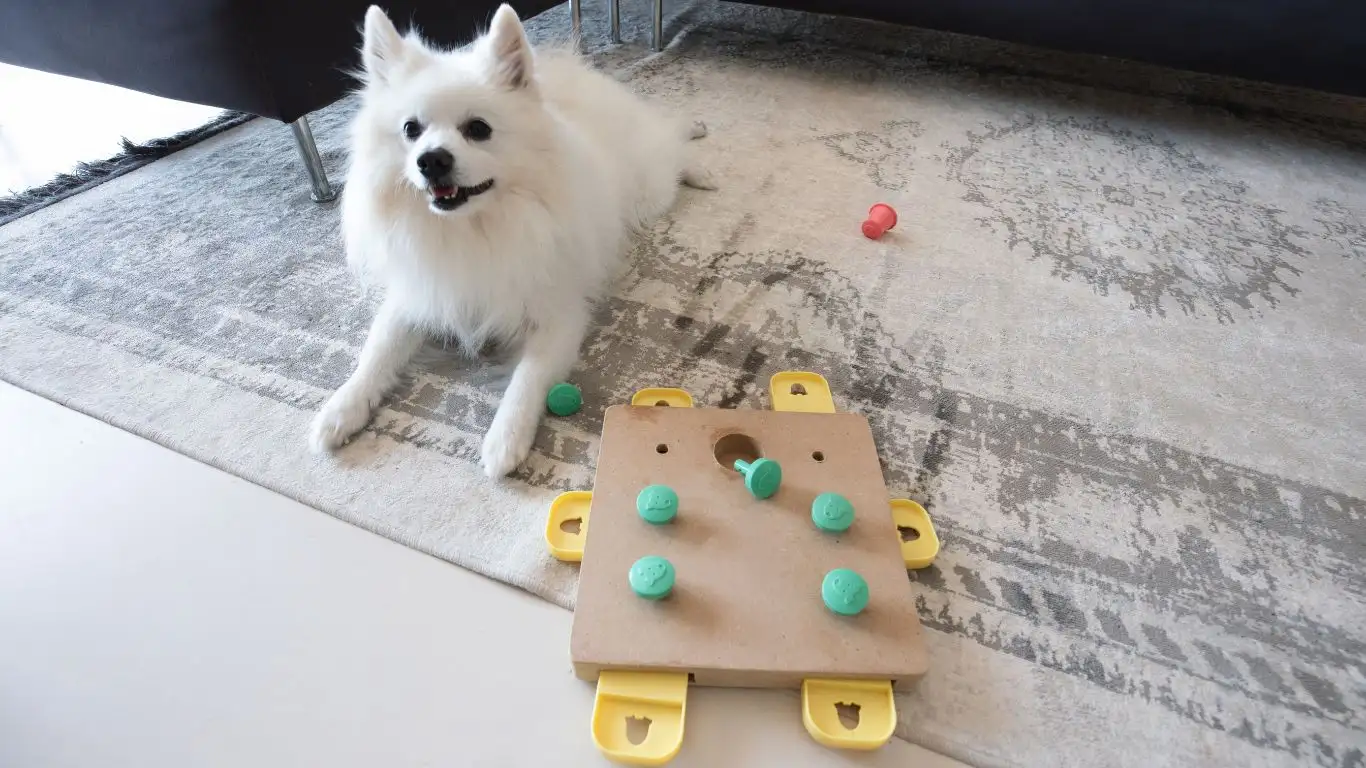The Ultimate Guide to Dog Nutrition: Top Tips for Healthy Pets
When it comes to our beloved dogs, nutrition is absolutely essential. As a pet owner, you want nothing but the best for your dog, and that starts with what you feed them. But with so many options out there—different dog foods, diets, and feeding schedules—it can get overwhelming. That’s why I’ve put together The Ultimate Guide to Dog Nutrition: Top Tips for Healthy Pets. Whether you’re a new dog parent or someone who’s just looking to improve your dog’s diet, this guide will help you understand the key elements of canine nutrition, what to look for in dog food, and how to tailor your dog’s diet to meet their unique needs.
Understanding Your Dog’s Nutritional Needs

Dogs, like humans, need a well-rounded diet to maintain their health and vitality. But it’s not just about food; it’s about making sure that food contains all the right nutrients in the right amounts. In this section, we’ll dive into the essential nutrients dogs need and why they’re so important for their health.
1. Protein: The Building Block
Protein is one of the most important nutrients in your dog’s diet. It plays a critical role in muscle development, tissue repair, and immune system function. Dogs, especially active ones, require high-quality protein to keep their bodies strong and healthy.
When looking for protein sources in dog food, keep an eye on the first ingredient listed. You want to see things like chicken, beef, lamb, or fish as the primary protein sources. Avoid vague terms like “meat” or “by-products” because they can be less specific and of lower quality.
Tip: If your dog has any allergies or sensitivities, make sure to choose a protein source that is known to be easy on their stomach. For example, lamb and turkey are often gentle on sensitive dogs.
2. Carbohydrates: A Source of Energy
While protein is essential for your dog’s muscle health, carbohydrates provide the energy needed for their daily activities. Carbs come from sources like rice, sweet potatoes, and oats, and they help fuel your dog’s body throughout the day.
But not all carbs are created equal. Look for whole grains or vegetables that provide a steady release of energy, rather than fillers like corn or wheat. These can lead to spikes in blood sugar and may contribute to obesity over time.
Pro Tip: If your dog is overweight or has a history of weight gain, consider looking for a food that has fewer carbs or one that uses low-glycemic ingredients like peas or lentils.
3. Fats: Healthy Fats for Healthy Coats
Fats often get a bad rap, but the truth is that they are just as important for dogs as they are for humans. Healthy fats, such as those from fish oil or flaxseed, are crucial for your dog’s coat, skin health, and overall well-being. Fats are also a great source of concentrated energy, which is important for more active breeds or older dogs who may need extra support.
What to look for: Omega-3 and Omega-6 fatty acids are particularly beneficial for your dog’s health. These fats support brain function, reduce inflammation, and contribute to a shiny, soft coat.
Personal Story: I remember when I switched my dog to a diet that included fish oil. His coat went from dull and dry to soft and shiny. It was a noticeable improvement in just a few weeks!
How to Choose the Right Dog Food

Picking the right dog food can feel like navigating a maze. With so many options on the shelves—grain-free, raw, kibble, and wet food—it’s easy to get lost. But choosing the right food for your dog doesn’t have to be complicated. Let’s break it down.
1. Consider Your Dog’s Age and Size
One of the first things to consider when choosing dog food is your dog’s age and size. Puppies have different nutritional needs than adult dogs, and senior dogs may require food that’s easier to digest or designed for joint health.
For example, puppies need more protein and fat to support their rapid growth, while senior dogs often benefit from formulas that are lower in calories to prevent obesity. Small breed dogs may need a more energy-dense diet, while larger breeds require food that supports joint health due to their size and weight.
2. Check the Ingredients List
Reading the ingredients list is one of the best ways to determine whether a dog food is healthy. The higher the quality of the ingredients, the better the food will be for your dog.
- First Ingredient: The first ingredient should be a high-quality source of protein.
- Avoid Fillers: Look out for unnecessary fillers like corn, soy, or wheat.
- Whole Foods: Choose foods that use whole grains and vegetables over processed ingredients.
It’s important to be cautious of marketing claims like “natural” or “premium.” These labels often don’t have a concrete definition and can be misleading. Instead, focus on the actual content of the food, and do your research on the brand’s reputation.
3. Consider Special Dietary Needs
Some dogs may have specific dietary needs that require extra attention. For instance, dogs with food allergies might need a limited ingredient diet, while others may benefit from foods designed to support joint health, weight management, or digestive health.
Consulting with your vet can help you choose a food that’s best suited to your dog’s needs. A professional’s guidance can also ensure you’re not making any nutritional missteps that could affect your dog’s health.

Homemade Dog Food vs. Commercial Dog Food

As a dog owner, you might have wondered whether you should make your dog’s food at home or stick with store-bought options. Both choices have their benefits and challenges, and it really depends on what works best for your dog’s needs and your lifestyle.
1. Benefits of Homemade Dog Food
Homemade dog food gives you complete control over what goes into your dog’s bowl. You can select high-quality ingredients and ensure your dog is eating a balanced diet. It’s also a great option for dogs with food allergies or sensitivities, as you can eliminate ingredients that might cause issues.
One of the best parts of making homemade food is knowing exactly what your dog is eating. No hidden fillers, artificial preservatives, or questionable ingredients. For example, when I started preparing my dog’s meals at home, I noticed he had more energy, his coat became shinier, and his digestion improved significantly.
Pro Tip: If you go the homemade route, it’s vital to ensure that the food is nutritionally balanced. A veterinarian or pet nutritionist can guide you in creating recipes that meet your dog’s specific nutritional needs.
2. Benefits of Commercial Dog Food
On the flip side, commercial dog food is convenient and formulated to meet the basic nutritional needs of your dog. It’s designed by experts and often goes through rigorous testing to ensure quality and safety. It also saves you the time and effort of preparing meals every day.
Quality commercial foods often contain high-quality ingredients and come in various formulations tailored to different breeds, ages, and dietary needs. For busy pet parents, this option is a solid choice for maintaining a balanced diet without the hassle of home cooking.
Personal Experience: While I occasionally make homemade dog food for my dog, I always have high-quality kibble on hand for convenience. It’s a great backup, especially when I’m short on time or need to travel.
Supplements: Do Your Dogs Need Them?

When it comes to supplements for dogs, the decision is often debated. Some owners swear by them, while others argue that a balanced diet alone should suffice. In my experience, adding supplements to your dog’s diet can be beneficial, but it really depends on your dog’s age, health, and any special needs they may have.
1. Common Dog Supplements
There are several types of supplements that you might consider for your dog. Here are a few of the most common:
- Omega Fatty Acids: These are great for promoting a healthy coat, skin, and joint function. Fish oil is a popular choice, but you can also find other supplements with Omega-3 and Omega-6 fatty acids.
- Probiotics: These help with digestion and gut health. If your dog has a sensitive stomach, probiotics can help balance their digestive system and prevent issues like diarrhea or constipation.
- Joint Supplements: Glucosamine and chondroitin are often used for dogs with arthritis or joint issues. These can help improve mobility and reduce inflammation.
- Vitamins and Minerals: While most high-quality dog foods are balanced, some dogs may need additional vitamins, especially older dogs or those with health conditions.
2. Are Supplements Necessary?
The answer isn’t always clear-cut. Many dogs get all the nutrients they need from a well-balanced commercial or homemade diet, so supplements may not be necessary. However, if your dog has specific health issues or is at a particular life stage (like a senior dog), supplements can offer additional support.
My Advice: Always check with your vet before adding any new supplements to your dog’s diet. Your vet will be able to recommend the best options based on your dog’s individual health profile.
Feeding Schedules: How Often Should You Feed Your Dog?

How often should you feed your dog? Well, that depends on a few factors: your dog’s age, size, activity level, and health. In this section, we’ll explore some general feeding guidelines and how to create a feeding schedule that works for your dog.
1. Puppies
Puppies are growing fast, so they need to eat more frequently than adult dogs. Typically, you’ll want to feed a puppy three to four times a day. Their stomachs are small, so they can’t eat large meals, but smaller, more frequent meals help provide the energy they need for all that growing!
Tip: Make sure to feed your puppy high-quality puppy food with the right balance of protein, fat, and carbohydrates to support their development.
2. Adult Dogs
Adult dogs usually eat two meals a day. Some owners prefer feeding their dogs once a day, but this can be less ideal for digestion and energy levels. Two meals a day help maintain steady energy throughout the day.
Keep in mind that the portion size should be adjusted based on your dog’s breed, size, and activity level. Active dogs or working breeds may need more food, while sedentary dogs or those prone to obesity should have their portions carefully controlled.
3. Senior Dogs
As dogs age, their metabolism slows down. Senior dogs often benefit from eating smaller meals more frequently to aid digestion. They may also need food that’s lower in calories to prevent weight gain, especially if they’re less active.
Personal Tip: When my dog started getting older, I switched to smaller, more frequent meals and noticed that it helped with digestion and kept his weight under control.
Dealing with Food Allergies in Dogs

Food allergies are more common in dogs than many owners realize. If your dog is itching, has ear infections, or has digestive issues like vomiting or diarrhea, it could be due to food sensitivities or allergies. It’s frustrating to see your dog uncomfortable, and knowing how to address food allergies can be a game changer for their overall well-being.
1. Recognizing the Symptoms of Food Allergies
First things first: how do you know if your dog has a food allergy? Some of the most common symptoms include:
- Itchy skin or frequent scratching
- Ear infections or constant ear shaking
- Gastrointestinal issues like vomiting, diarrhea, or excessive gas
- Hair loss or changes in coat quality
If you suspect food allergies, the first step is to consult your vet. A vet can guide you through the process of identifying the allergy, which often involves an elimination diet or allergy testing.
2. Common Food Allergens
The most common food allergens for dogs are often proteins or grains. Some of the top offenders include:
- Beef
- Chicken
- Dairy
- Wheat
- Corn
Interestingly, some dogs are more sensitive to specific ingredients than others. For example, when I switched my dog to a chicken-free food due to his allergy, I noticed an immediate improvement in his skin and coat. It’s all about finding the right fit for your pet.
3. Managing Food Allergies with a Proper Diet
Once you know what your dog’s allergens are, it’s important to avoid them. This can be tricky because many commercial dog foods contain common allergens like chicken or corn. Look for foods labeled “hypoallergenic” or “limited ingredient diets” that focus on single protein sources, like turkey or lamb, and fewer carbs.
If you’re cooking for your dog, be sure to avoid any ingredients you know are problematic. You can also supplement their diet with things like probiotics to help with gut health and digestive issues that may arise from food allergies.
Maintaining a Healthy Weight for Your Dog

We all know how important it is to maintain a healthy weight, and that’s just as true for our dogs! Dogs, especially those that are less active or have a tendency to overeat, are at risk of becoming overweight. Over time, excess weight can lead to a range of health problems, from joint pain to heart issues.
1. How to Know if Your Dog is Overweight
One of the first steps in managing your dog’s weight is knowing whether they’re at a healthy weight. Here are a few signs that might indicate your dog is carrying extra pounds:
- Ribs are not easily felt or are hidden beneath fat
- They have a noticeable round belly or waistline
- They have trouble moving or seem lethargic
- They have difficulty breathing after physical exertion
If you’re unsure, a quick check with your vet can help determine if your dog is at a healthy weight. They can also provide tips on the right diet and exercise plan to get your dog back on track.
2. Tips for Managing Your Dog’s Weight
If your dog is overweight, the good news is that with a little effort, it’s possible to get them back to a healthy weight. Here are some tips:
- Portion control: Don’t free-feed your dog! Measure their food based on their ideal weight and activity level.
- Exercise: Regular exercise is key to burning off those extra calories. Aim for daily walks or playtime.
- Healthy treats: If you’re using treats to reward your dog, make sure they’re healthy and don’t contribute too much to their daily calorie intake.
- Consult with a vet: A vet can provide a weight-loss plan that’s tailored to your dog’s individual needs.
Personal Note: When my dog started gaining a bit of weight, I switched to a higher-protein, lower-carb diet and incorporated more walks into his routine. The results were fantastic — he slimmed down, gained more energy, and became more playful.
References
Disclaimer: The information provided in this article is intended for educational purposes only. Always consult with your veterinarian before making changes to your dog’s diet or healthcare routine.






